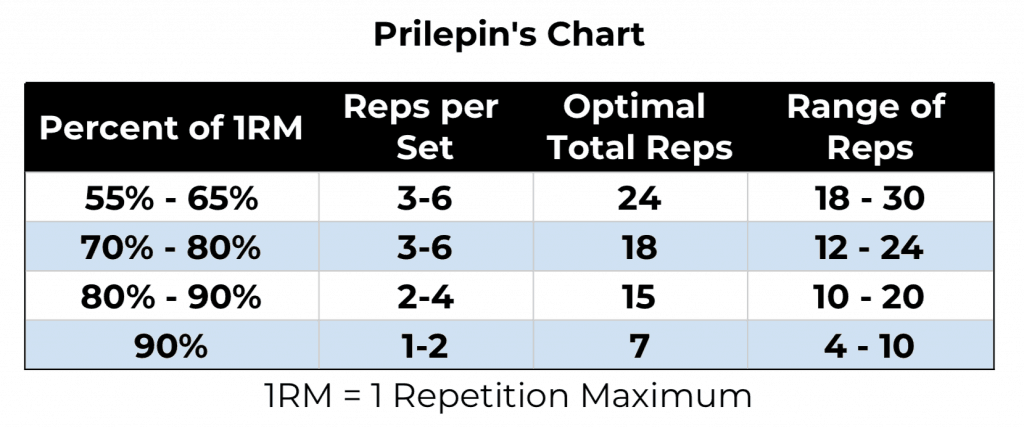

In JPEG, the image is divided into 8 × 8 blocks for each separate color component. The Joint Photographic Experts Group (JPEG) image format uses discrete cosine transforms (DCTs) rather than a pix-by-pix encoding. GIF and BMP are generally considered to offer lossless compression because the image recovered after encoding and compression is bit-for-bit identical to the original image. A 640 × 480 pixel image using 8-bit color would occupy approximately 307 KB (640×480 = 307,200 bytes), while a 1400×1050 pix image using 24-bit true color would require 4.4 MB (1400×1050×3 = 4,410,000 bytes).Ĭolor palettes and 8-bit color are commonly used with Graphics Interchange Format (GIF) and Bitmap (BMP) image formats. The choice of color encoding obviously affects image size. This method limits the unique number of colors in a given image to 256 (2 8). Each pix is encoded in 8 bits, where the value points to a 24-bit color entry in the palette. These schemes also use 24-bit true color but employ a palette that specifies which colors are used in this image file. Other applications encode color using 8 bits/pix. Most digital image applications today support 24-bit True Color, where each pixel is encoded in 24 bits, comprising the three RGB bytes described above.

(For interpretation of the references to color in this figure legend, the reader is referred to the Web version of this chapter.) This color selection dialog box shows the red, green, and blue (RGB) levels of this particular color.


 0 kommentar(er)
0 kommentar(er)
